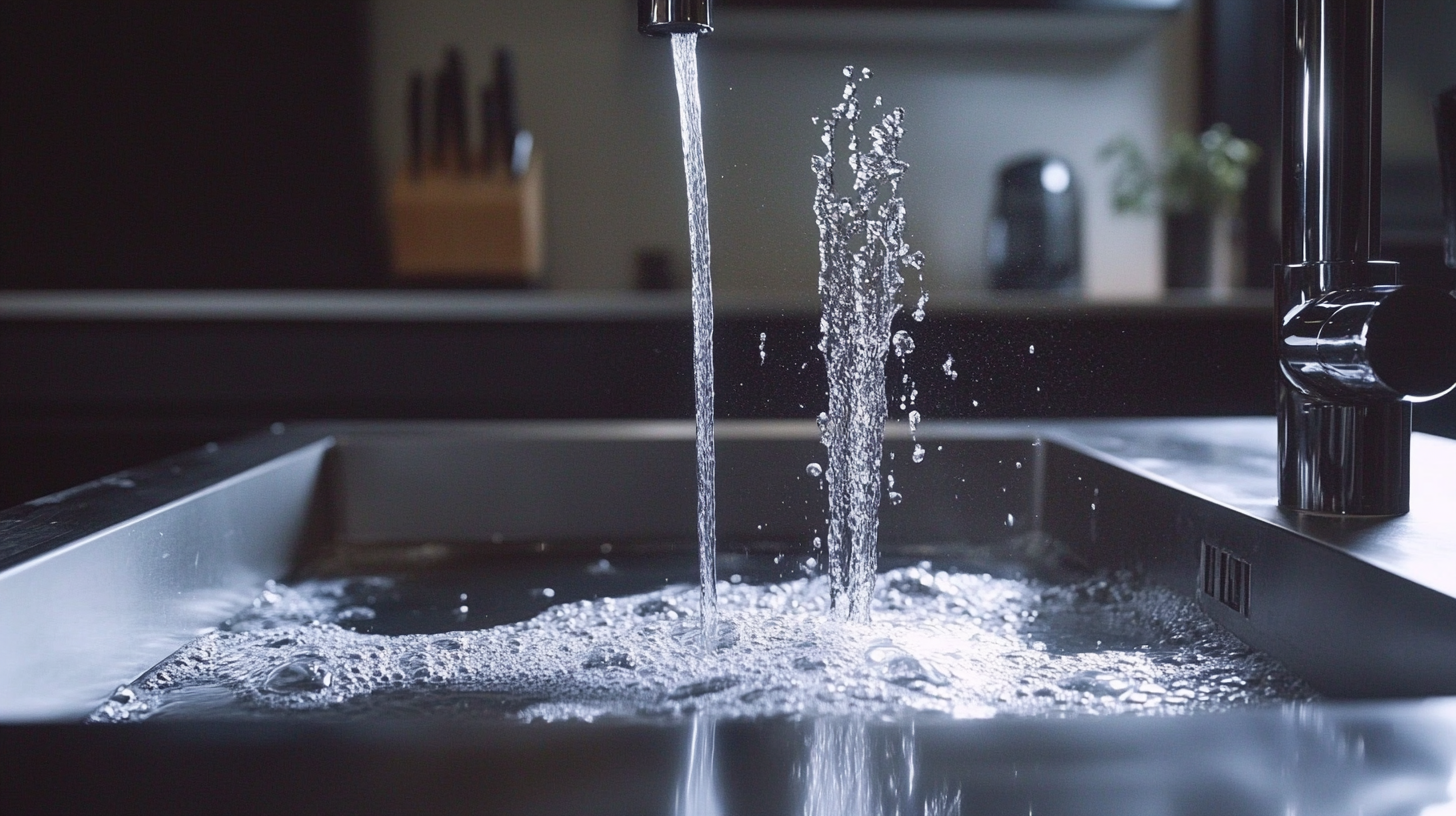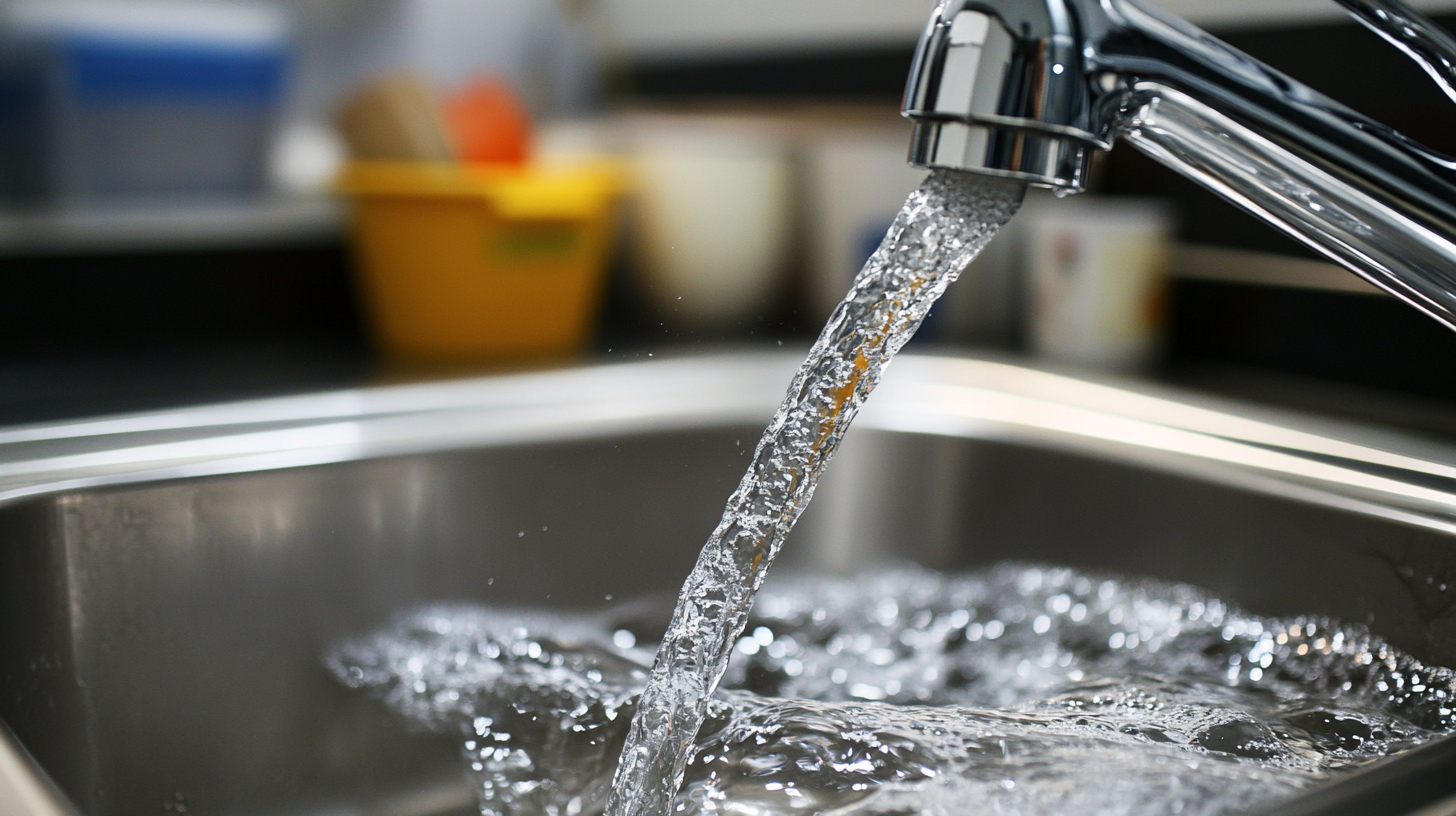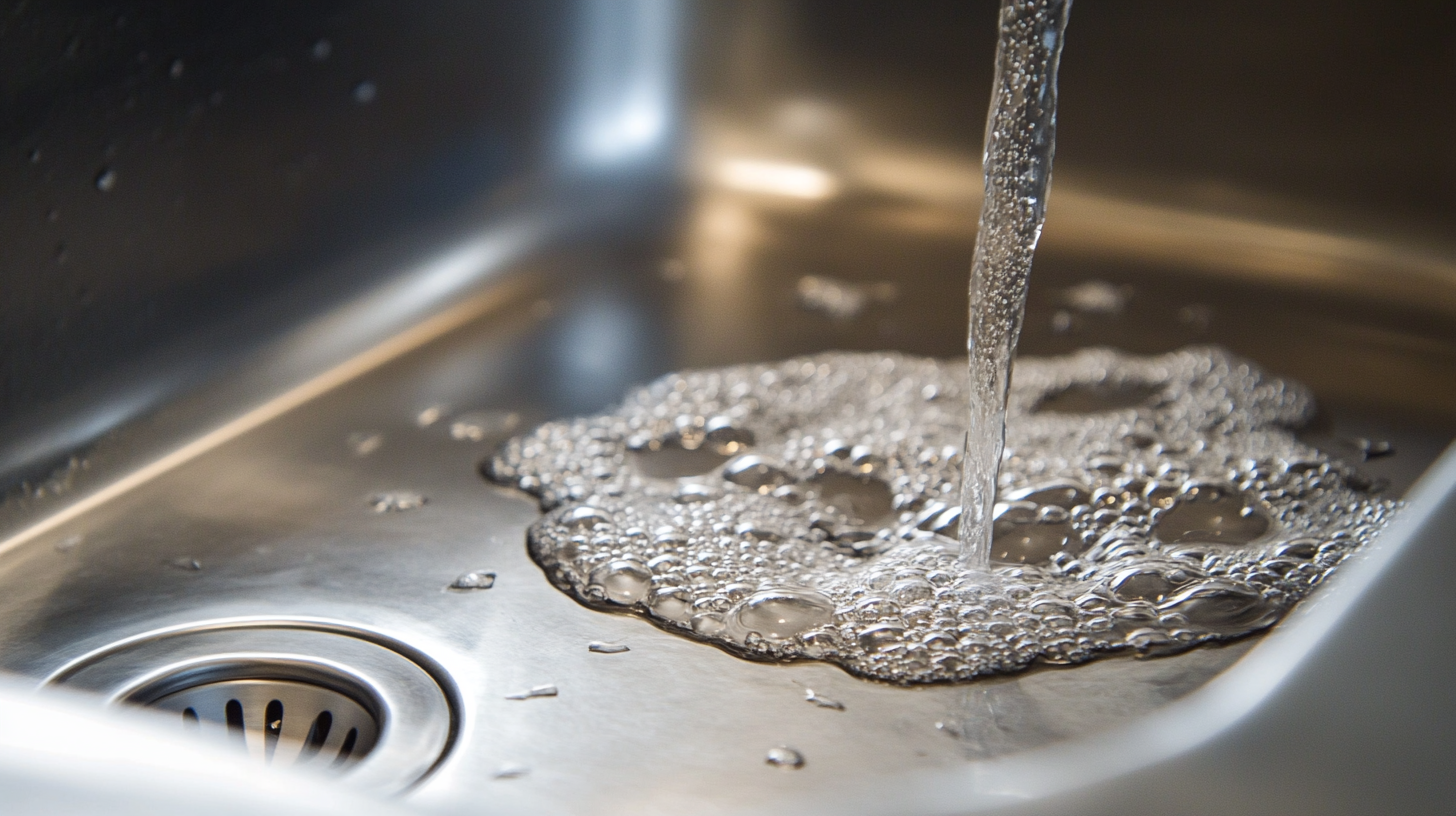- +86-13631182173
- sales@zsqeelin.com
- 8613631182173
As we step into 2025, the kitchen industry is on the brink of a revolutionary transformation, largely driven by the embrace of cutting-edge materials and technologies. Among these, the stainless steel sink stands out as a pivotal element that promises to redefine our approach to kitchen efficiency. Known for its durability, versatility, and sleek aesthetics, the stainless steel sink is not merely a functional fixture; it is increasingly becoming the centerpiece of modern kitchen design. With advancements in manufacturing and design, these sinks are now equipped with innovative features that enhance usability while maintaining a contemporary look. From smart drainage systems to integrated accessories that maximize space, the stainless steel sink is evolving to meet the demands of the fast-paced lifestyles of today's homeowners. As we explore the intricacies of this innovation, it becomes clear that the stainless steel sink will play a crucial role in shaping the future of kitchen efficiency, making it an essential component for any culinary enthusiast.

The evolution of stainless steel sinks has been a fascinating journey that reflects broader trends in kitchen design and functionality. In the past, these sinks were primarily utilitarian, focusing on durability and ease of cleaning. However, as kitchen spaces have become the heart of the home, the design and technology behind stainless steel sinks have also transformed dramatically. With sleek finishes and innovative designs, modern stainless steel sinks are now designed to enhance both aesthetics and efficiency, catering to the lifestyle of contemporary cooks.
Looking ahead to 2025, we can anticipate that stainless steel sinks will continue to redefine kitchen efficiency in multiple ways. Innovations such as integrated smart technology could streamline cooking and cleaning processes, making time spent in the kitchen more productive and enjoyable. For example, advanced features like built-in faucets and water filtration systems could provide convenience while minimizing water waste. Furthermore, the emphasis on sustainability in product design will likely lead to even more eco-friendly stainless steel options, blending the need for practicality with an increasing awareness of environmental impact—much like the evolution seen in the camper van industry, where flexibility and functionality coexist seamlessly within compact living spaces.
This chart illustrates the anticipated efficiency gains in kitchen workflows with the incorporation of innovative stainless steel sinks by 2025. The data highlights the increased adaptation of features like noise reduction, intelligent drainage, and enhanced durability over the years.
As we enter 2025, the kitchen sink is poised to undergo a transformative evolution, reflecting the changing landscape of culinary practices and technological advancements. Modern stainless steel sinks are not just functional but are now equipped with innovative features that enhance kitchen efficiency significantly. One such feature is the integration of smart technology, allowing users to control water temperature and flow through voice commands or smartphone apps. This level of convenience is set to revolutionize meal preparation, saving both time and effort.
Furthermore, upcoming designs will focus on sustainability without sacrificing aesthetics. The incorporation of self-cleaning technology and anti-bacterial surfaces will not only elevate hygiene standards but also reduce the need for harsh cleaning chemicals, aligning with eco-friendly trends. As kitchens become more communal spaces, sinks are also being designed with multifunctionality in mind; features like built-in cutting boards, colanders, and even integrated garbage disposals are making their way into standard models, allowing for a seamless transition from preparation to clean-up. In 2025, stainless steel sinks will redefine efficiency, making them indispensable in the modern kitchen.

In 2025, the shift towards sustainable kitchen design is becoming increasingly evident, with stainless steel sinks leading the way in promoting eco-friendliness. Known for their durability and recyclability, stainless steel sinks not only enhance kitchen efficiency but also align with the growing consumer demand for sustainable products. According to a recent market report, the stainless steel cookware market is projected to reach USD 12 billion by 2025, driven largely by consumers prioritizing versatile and long-lasting materials in their kitchen upgrades.
Moreover, the integration of smart technology in kitchen designs complements the sustainability goals. Homeowners are increasingly investing in renewable energy systems, including solar panels, that pair perfectly with eco-conscious kitchen renovations. Stainless steel sinks fit seamlessly into this narrative, as their longevity reduces the need for frequent replacements, leading to less waste overall. As kitchens evolve into smarter and greener spaces, the use of stainless steel will play a crucial role in creating a balance between efficiency and environmental responsibility, setting a new standard for eco-friendly home improvements.
In exploring the enhanced efficiency of kitchen workflows in 2025, the role of stainless steel sinks cannot be overstated. With the global sink market poised to reach USD 11.53 billion by 2033, growing at a CAGR of 4.26% from USD 8.26 billion in 2025, it's clear that innovation in sink design is at the forefront of kitchen evolution. Modern sinks are being engineered not only for aesthetic appeal but also to optimize functionality, allowing cooks to execute their culinary vision seamlessly.
The concept of the kitchen work triangle, which defines the ideal relationships between the sink, stove, and refrigerator, remains a pivotal consideration in design strategies. By ensuring that these three essential elements are optimally placed, homeowners can significantly enhance their cooking experience. Strategically designed sinks are pivotal to maintaining fluid movements in the kitchen, thereby maximizing efficiency. As kitchen environments become more sophisticated, the integration of ergonomically designed sinks will facilitate a work-friendly atmosphere where every meal preparation aligns with the dynamics of modern cooking.
Moreover, industry insights suggest that thoughtful sink placement and innovative features can transform routine tasks into streamlined processes. As highlighted by recent trends, smart sink designs that emphasize usability and comfort are increasingly becoming the backbone of effective kitchen layouts, leading to more enjoyable and efficient cooking experiences.

The kitchen is a central hub in many homes, and its design has evolved significantly to reflect both functionality and aesthetics. In 2025, stainless steel sinks are emerging not just as practical appliances but as bold design statements. Their sleek finish and modern appeal resonate well with contemporary kitchen designs, making them a perfect fit for the minimalist and industrial trends that dominate today's aesthetics.
Stainless steel sinks are versatile and can be integrated into various styles, from rustic farmhouse to ultra-modern. Designers are now focusing on unique shapes and sizes, adding an artistic touch that elevates the entire kitchen space. Furthermore, innovations in sustainable materials and coatings enhance the sink's durability and resistance to stains, maintaining its polished look. This trend not only improves the kitchen's functionality but also promotes a stylish and cohesive design that can impress guests and elevate everyday living.
As homeowners increasingly prioritize both style and practicality, stainless steel sinks are set to redefine kitchen efficiency by marrying innovation with aesthetic appeal, reflecting a broader trend where every element of kitchen design is purposeful and visually striking.
This pie chart illustrates the various benefits of stainless steel sinks, highlighting their impact on kitchen efficiency and aesthetics in 2025.
